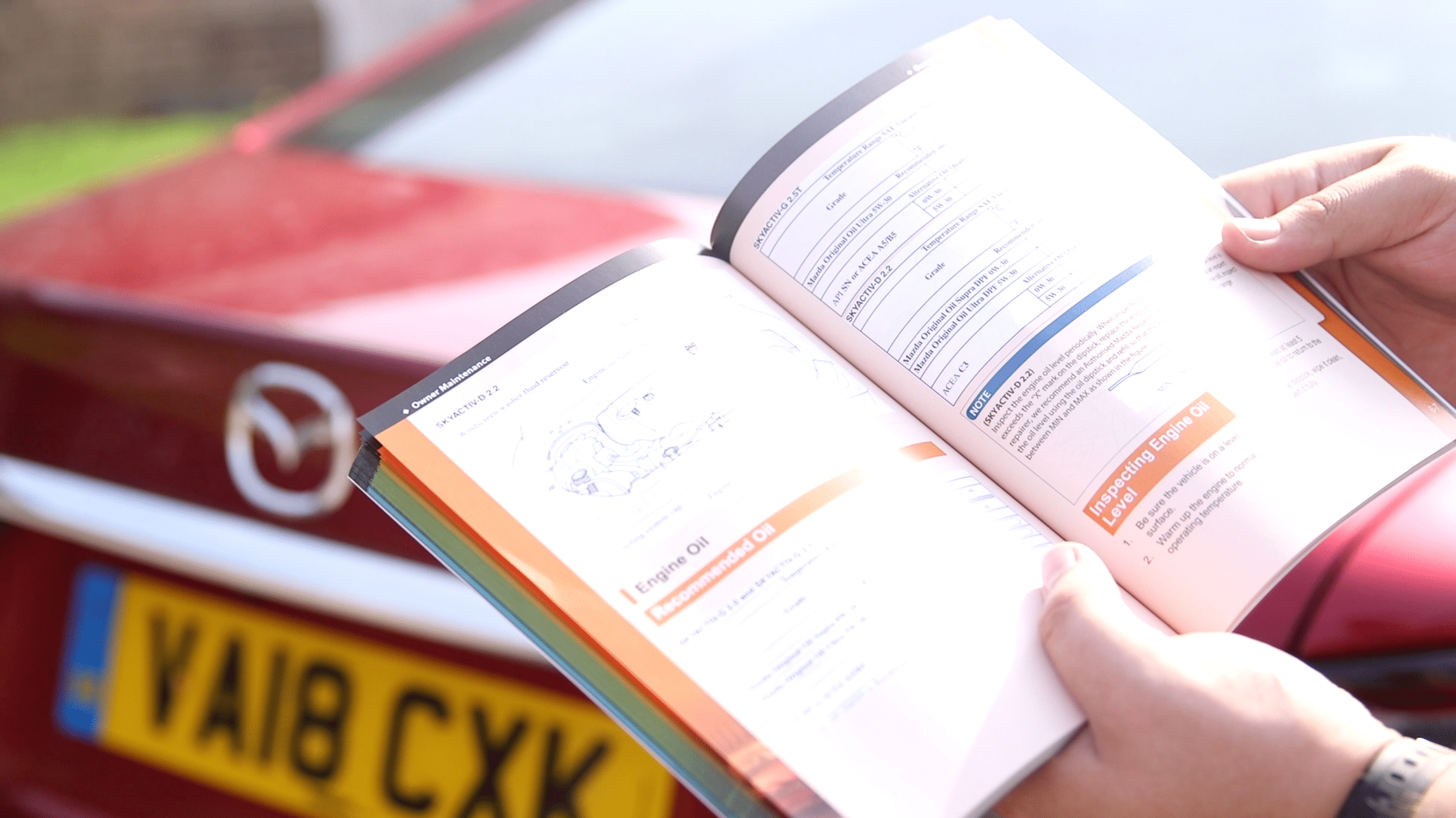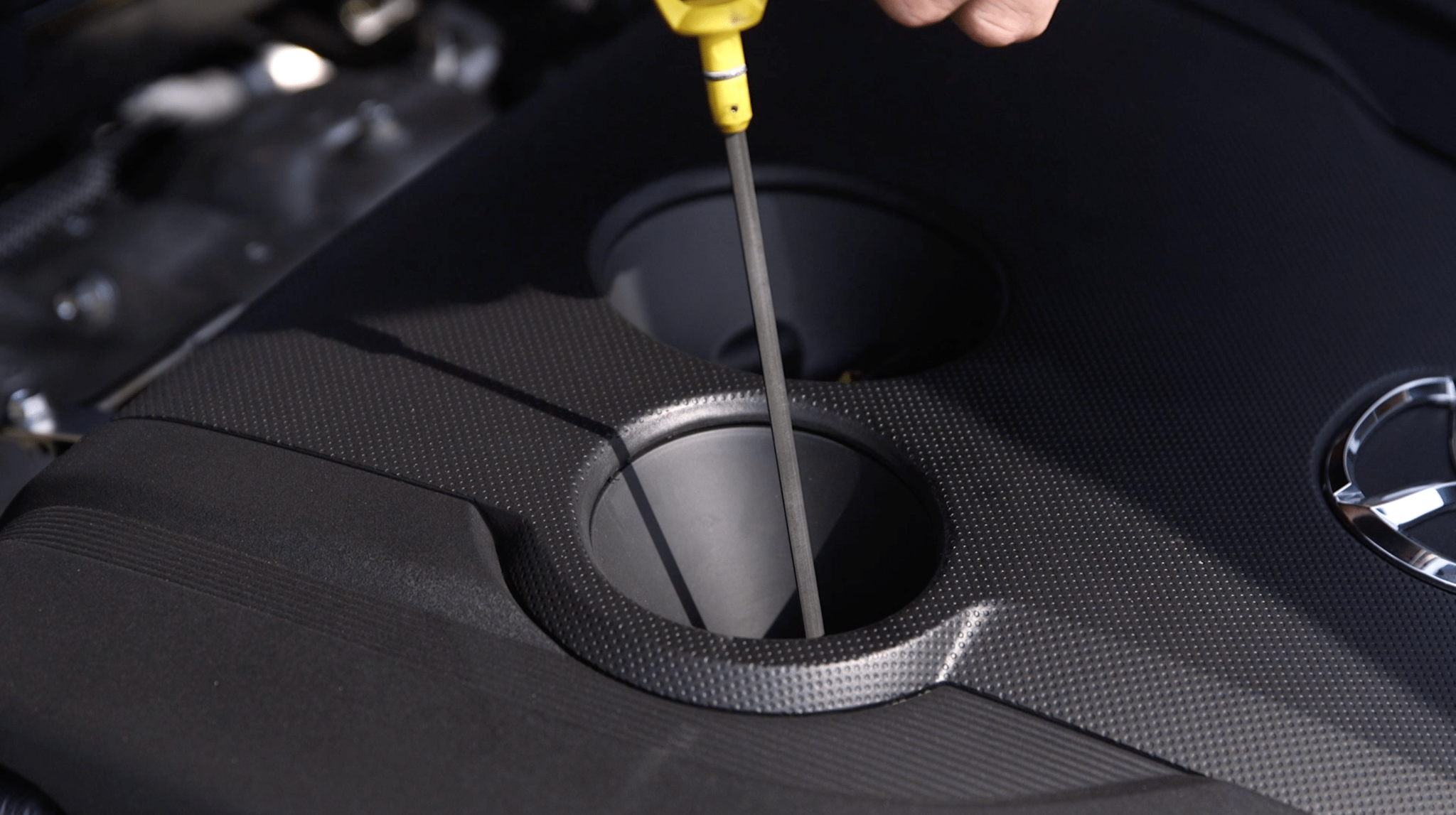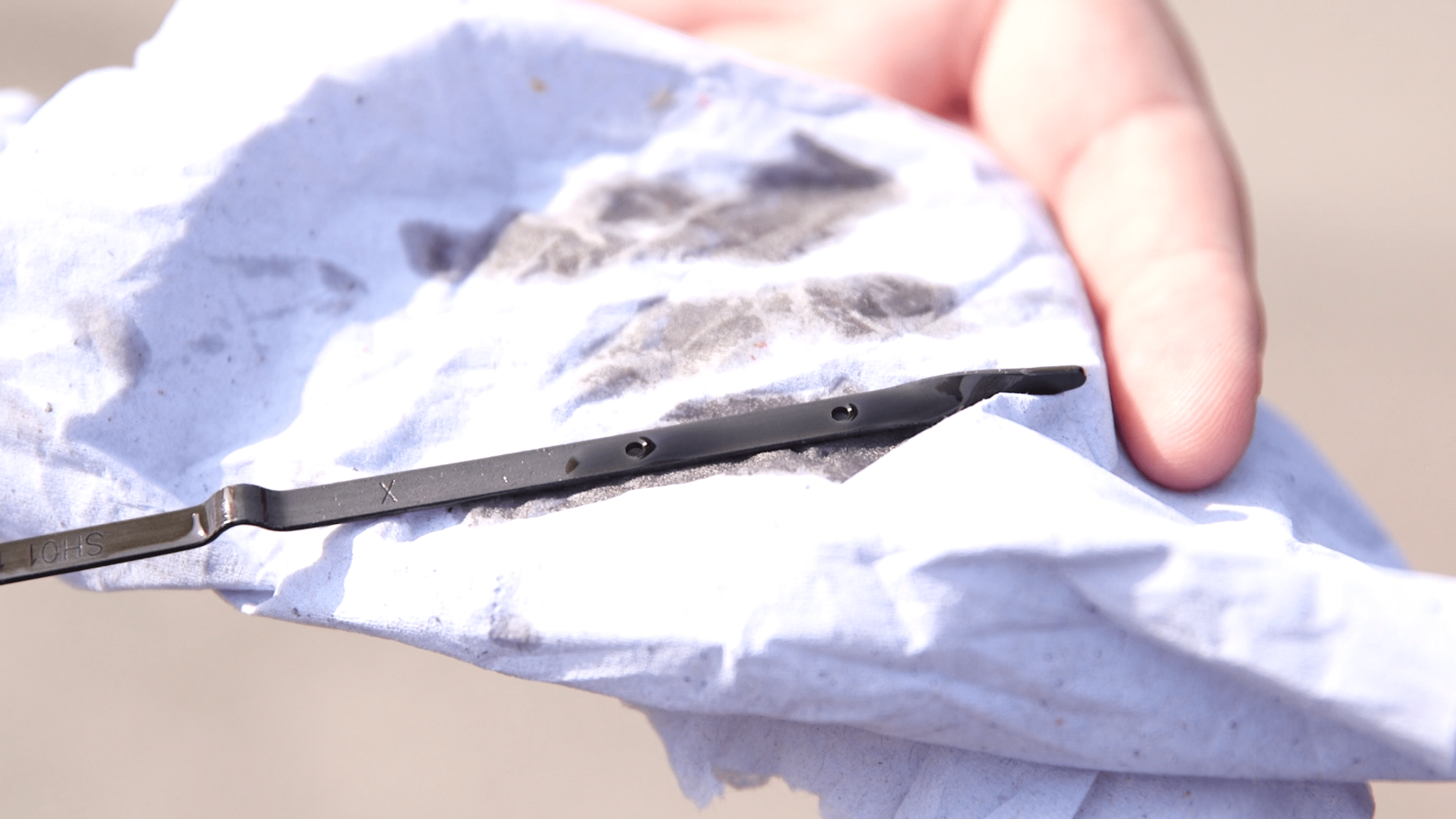The engine is an essential component of any car with several metal moving parts creating a lot of friction. This can cause the components to wear out quickly and eventually fail, which is where engine oil comes into the picture. The lubricant works by minimizing the friction between the moving parts, ensuring smooth functioning, and preventing damage.
Engine oil is, however, a consumable product and requires regular checking and occasional replacement to keep your vehicle running smoothly. If you are unsure of how to check the engine oil level, we have got you covered. Simply follow the steps below to ensure your car stays in top condition.
Look for the manufacturer guidelines
Before checking the oil level, it is essential to look for the manufacturer's guidelines, which can be found in the vehicle's owner's handbook.
This information includes recommendations for the type of oil required by your vehicle and how often it should be changed.
Although it's essential to check the oil regularly, it is wise to have a look if you are approaching the recommended interval to avoid risking serious damage to the engine.

Prepare your car before the check
To check the oil level, park the car on level ground and allow the engine to cool down for at least ten minutes if it's warm. Once parked correctly, open the bonnet and locate the dipstick, which is usually bright yellow and easy to see.
Once located, pull the dipstick out and wipe it clean with a tissue. Check the oil indicator markings, which are typically two small holes or raised bumps, and place the dipstick back in.

Check the oil level
Remove the dipstick again and lay it flat on a clear piece of tissue to check the oil level.
If the oil level is between the markings, then you're good to go. If it's below the markings, then you need to add more oil to your engine to avoid the risk of increased engine wear and other problems.
Too much oil will cause the liquid to foam up, which can result in poor lubrication, reduced friction, and decreased engine performance. If you need to change the oil, seek professional help rather than taking a DIY approach.

Need us to top up your oil?
Our expert teams are on hand to help!
